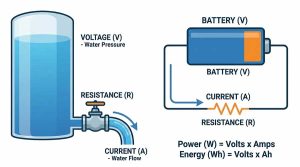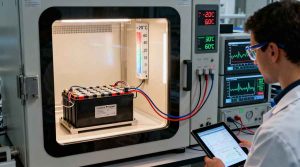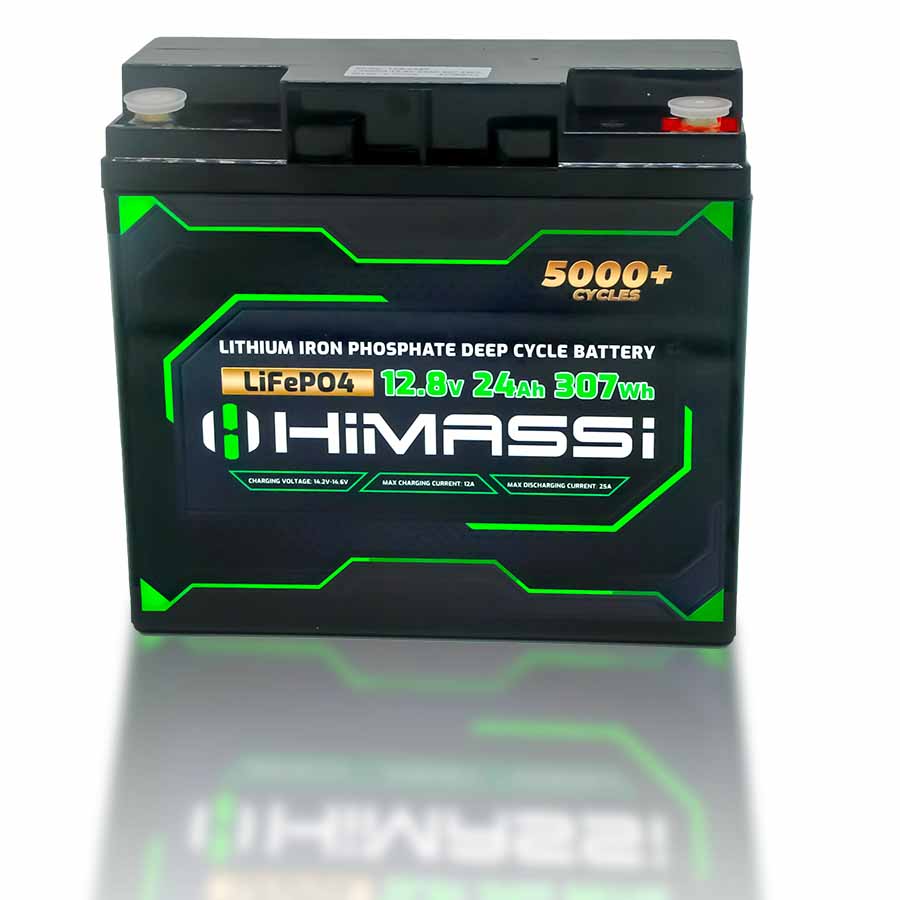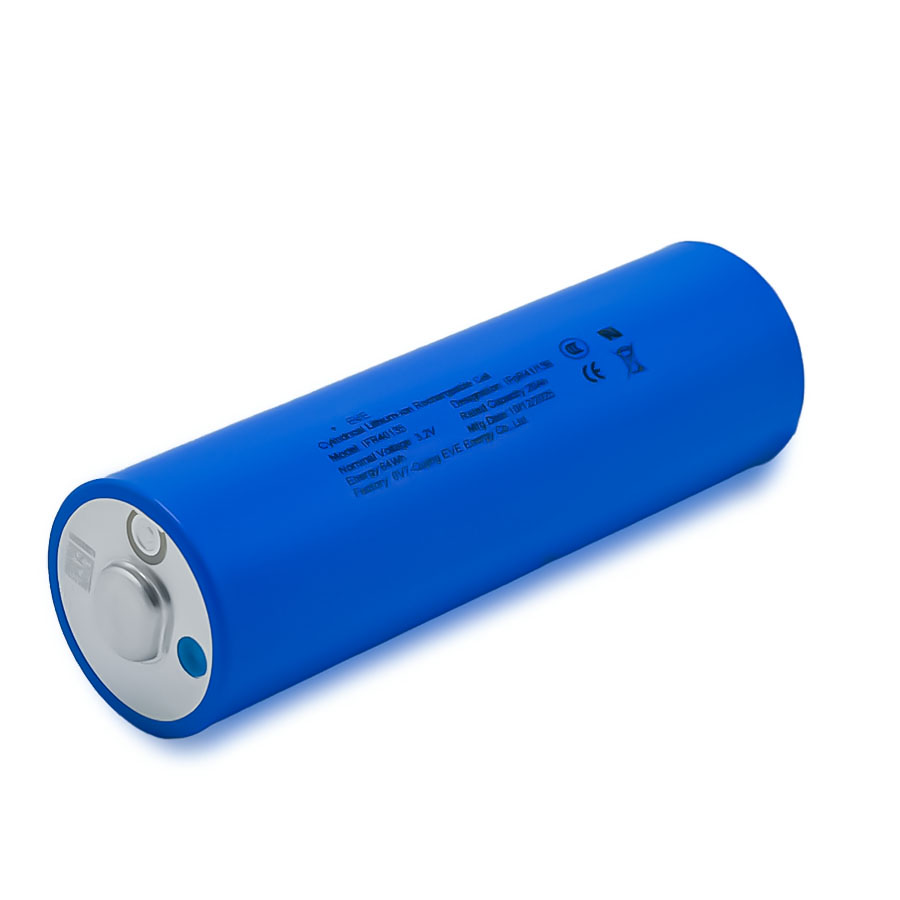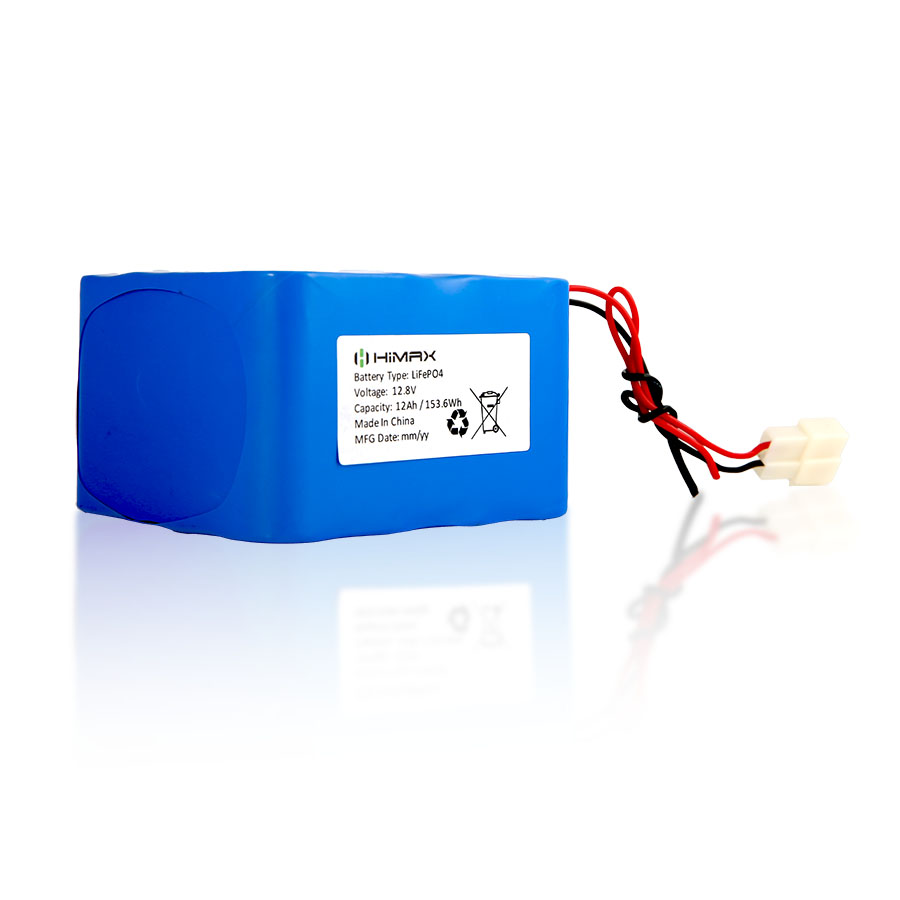Piloting a drone is an exciting experience, but flight performance largely depends on one crucial factor – the LiPO battery. Choosing the right battery affects the drone’s flight time, power, weight, and even safety. Whether you’re a beginner or an experienced racer, understanding how to select the best LiPO battery will ensure you get the best experience every time you pilot a drone.
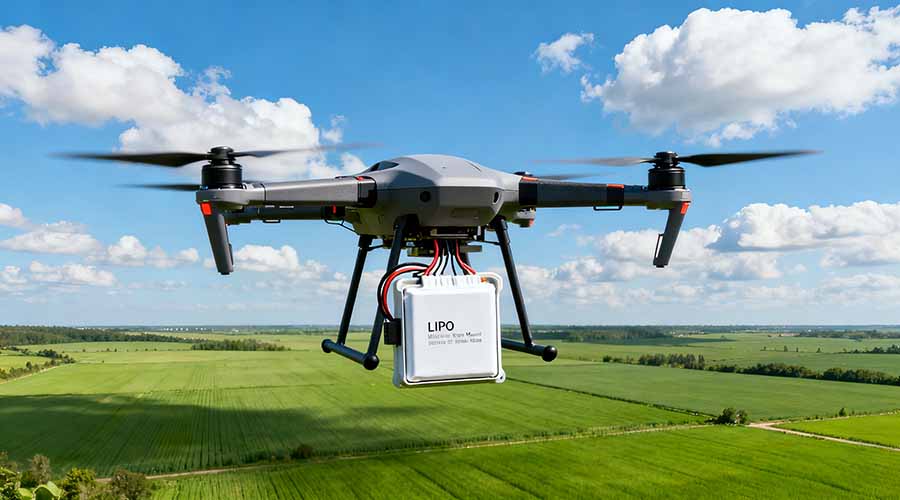
Below, we’ll walk you through the key factors that matter most, from capacity and voltage to discharge rates and weight balance.
A LiPO battery (short for Lithium Polymer battery) is a rechargeable power source commonly used in drones, RC cars, and other electronic devices that require high power output.

Unlike traditional batteries, LiPO batteries are lightweight and provide a high energy density — meaning they deliver more power without adding too much weight. That’s exactly why they’re perfect for drones, where every gram counts.
Each LiPO battery pack is made up of individual cells. Each cell typically produces 3.7 volts, and they are connected in series or parallel to create the desired voltage and capacity.
Why Choosing the Right LiPO Battery Matters
Picking the right LiPO battery directly impacts your drone’s flight performance.
- Flight time: A higher-capacity battery increases how long your drone can stay in the air.
- Power output: The right voltage and discharge rate improve your drone’s responsiveness and stability.
- Battery life: Using a suitable battery helps prevent overheating or overloading.
- Safety: Properly matched LiPO batteries minimize the risk of swelling or fire.
Choosing incorrectly could mean poor flight performance, shorter battery life, or even potential safety hazards.
Understanding Key Specifications of LiPO Batteries
When shopping for a LiPO drone battery, you’ll notice several technical specifications printed on the label. Here’s what each one means and how it affects your drone.
- Voltage (V)
Voltage determines the amount of power delivered to your drone’s motors.
Each LiPO battery cell provides 3.7V nominal voltage. Batteries are often labeled as “3S,” “4S,” or “6S,” meaning the number of cells connected in series.
- 3S (11.1V) — Common for small to mid-sized drones.
- 4S (14.8V) — Offers more power for racing or heavy-lift drones.
- 6S (22.2V) — Used in professional drones needing higher torque and stability.
Make sure your drone’s power system supports the voltage you choose; otherwise, it could damage your motors or electronic speed controllers (ESCs).
- Capacity (mAh)
Capacity, measured in milliamp-hours (mAh), defines how long your drone can fly per charge.
A higher mAh rating means longer flight times — but it also means more weight. For instance:
- 1500mAh → Short flight but lightweight.
- 5000mAh → Long flight time but heavier.
Finding the right balance is key. Most drone pilots prefer a LiPO battery that allows for 10–20 minutes of flight time without compromising handling.
- Discharge Rate (C Rating)

The C rating tells you how fast the battery can discharge safely.
For example, a 2200mAh 30C battery can deliver 66,000mA (66A) continuously.
Here’s how it works:
Capacity × C rating = Maximum safe discharge current
Higher C ratings mean the battery can supply more current to your drone’s motors — great for racing drones that need quick bursts of power.
However, batteries with higher C ratings are usually more expensive and may not be necessary for casual flying.
- Weight and Size
Weight is a major consideration. A heavier LiPO battery may extend flight time, but it adds strain on motors and reduces agility.
Always check your drone’s maximum payload capacity. The perfect battery is one that balances power and efficiency without making the drone sluggish.
- Connector Type
There are different plug types, such as XT60, XT90, or Deans connectors.
Ensure your drone battery connector matches your drone’s ESC or power distribution board. Using mismatched connectors can cause voltage loss or overheating.
How to Match the Battery to Your Drone
Choosing the best LiPO battery for your drone isn’t just about picking the highest numbers — it’s about compatibility.
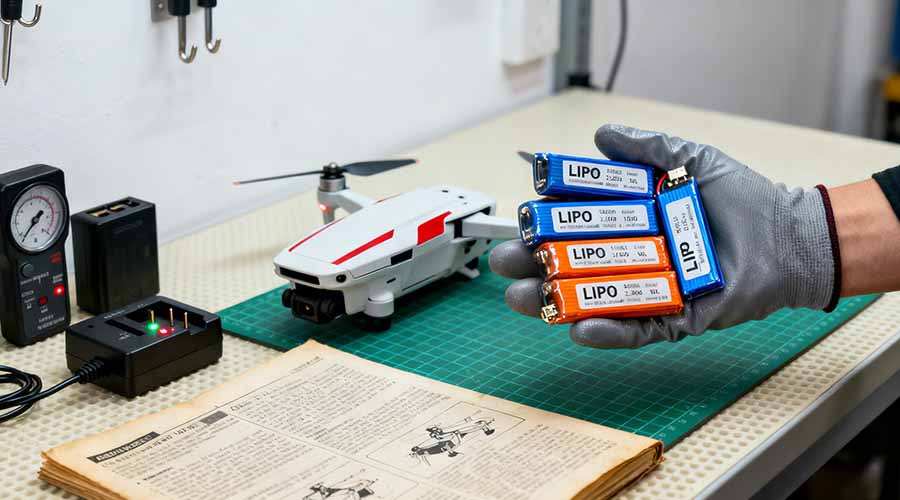
- Check the drone manual. It usually lists supported battery voltage and size.
- Compare weight limits. A battery that’s too heavy reduces flight efficiency.
- Match the connector. Ensure the plug type fits your drone’s port.
- Calculate flight time. Multiply capacity and efficiency to estimate runtime.
- Consider your flying style. Racing pilots prioritize high C ratings; photographers prefer long flight duration.
Proper handling ensures your LiPO battery stays safe and lasts longer. Here are some simple but essential maintenance tips:
- Avoid overcharging. Never charge above 4.2V per cell.
- Never discharge too low. Stop flying when voltage drops below 3.3V per cell.
- Store correctly. Keep batteries at around 3.8V per cell in a cool, dry place.
- Use a balance charger. It ensures all cells charge evenly.
- Inspect regularly. If the battery swells or leaks, stop using it immediately.
Good maintenance not only protects your drone but also keeps your flights consistent and safe.
Common Mistakes When Choosing a LiPO Battery
Even experienced drone pilots sometimes make mistakes. Avoid these common pitfalls:
- Choosing capacity over weight: A bigger battery doesn’t always mean longer flight if it’s too heavy.
- Ignoring discharge rate: Low C ratings can cause voltage drops mid-flight.
- Using incompatible voltage: Too much power can fry your electronics.
- Skipping balance charging: Uneven cell voltages shorten battery life.
Always remember — the best LiPO battery is one that fits your drone’s needs and your flying goals.
Recommended LiPO Battery Setups by Drone Type
Here’s a quick reference guide:
| Drone Type | Recommended Battery | Voltage | Capacity | C Rating |
| Mini Drone | 2S 7.4V | 500–1000mAh | 20–25C | 5–10 min |
| Camera Drone | 3S 11.1V | 2000–4000mAh | 25–30C | 15–25 min |
| Racing Drone | 4S 14.8V | 1300–1800mAh | 50–75C | 8–12 min |
| Professional Drone | 6S 22.2V | 4000–6000mAh | 35–50C | 20–30 min |
When to Replace Your LiPO Battery
A well-maintained LiPO battery can last 150–250 charge cycles. However, it’s time to replace it when you notice:
- Swelling or puffing of the case
- Noticeable reduction in flight time
- Cells not balancing properly
- Battery heating abnormally during charge or flight
Replacing old batteries in time helps avoid flight instability or safety risks.
HiMAX Drone LiPO Battery: Power Meets Performance
If you’re looking for a reliable drone battery, HiMAX’s LiPO batteries are engineered for precision and performance. Designed for both hobbyists and professionals, HiMAX offers:
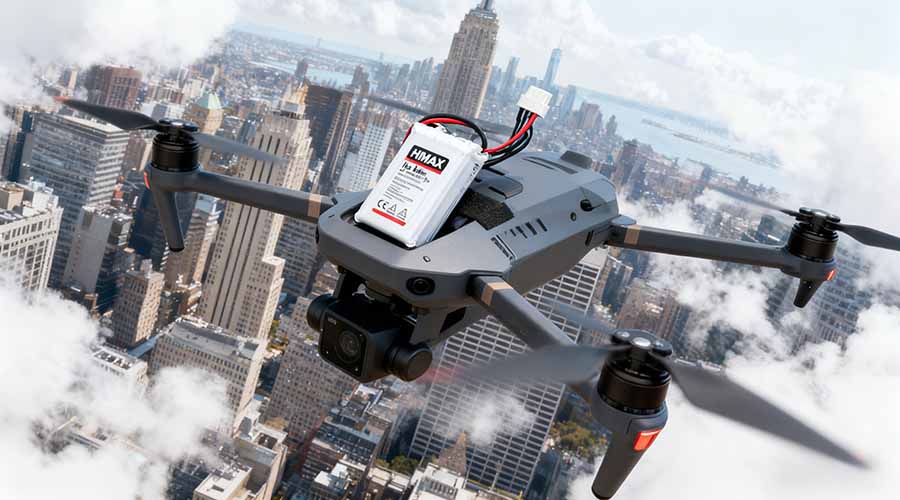
- High energy density for extended flight time.
- Superior discharge stability for smooth, responsive control.
- Lightweight construction to enhance drone agility.
- Advanced safety protection to prevent swelling or overcharging.
HiMAX’s drone LiPO battery lineup supports a wide range of drones — from compact quadcopters to heavy-duty aerial rigs. Every battery is built with premium-grade lithium polymer cells, ensuring consistent output and longer lifecycle performance.
Elevate your flight experience with HiMAX — where innovation powers every drone battery you fly.
Find articles related to lipo batteries





